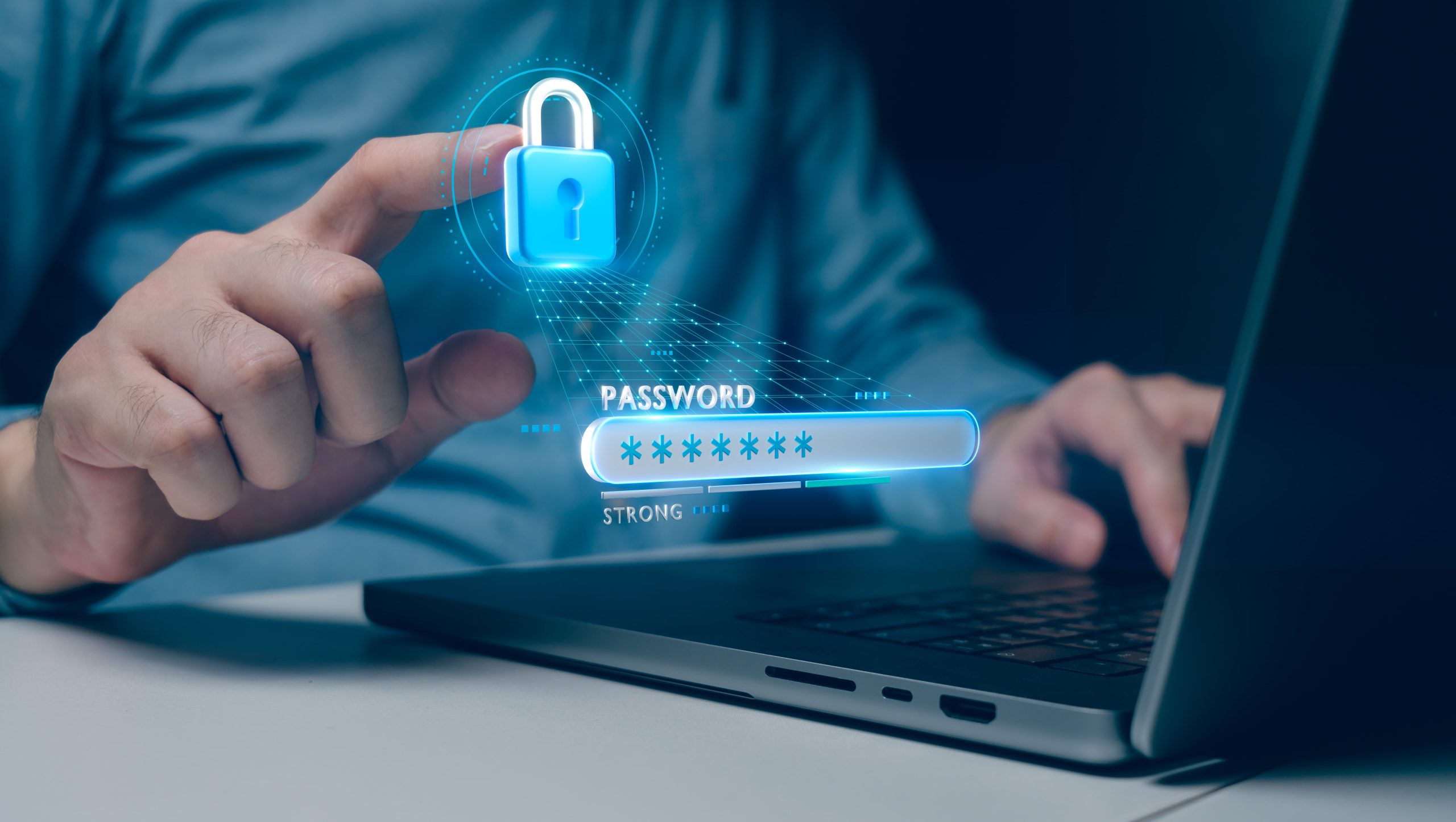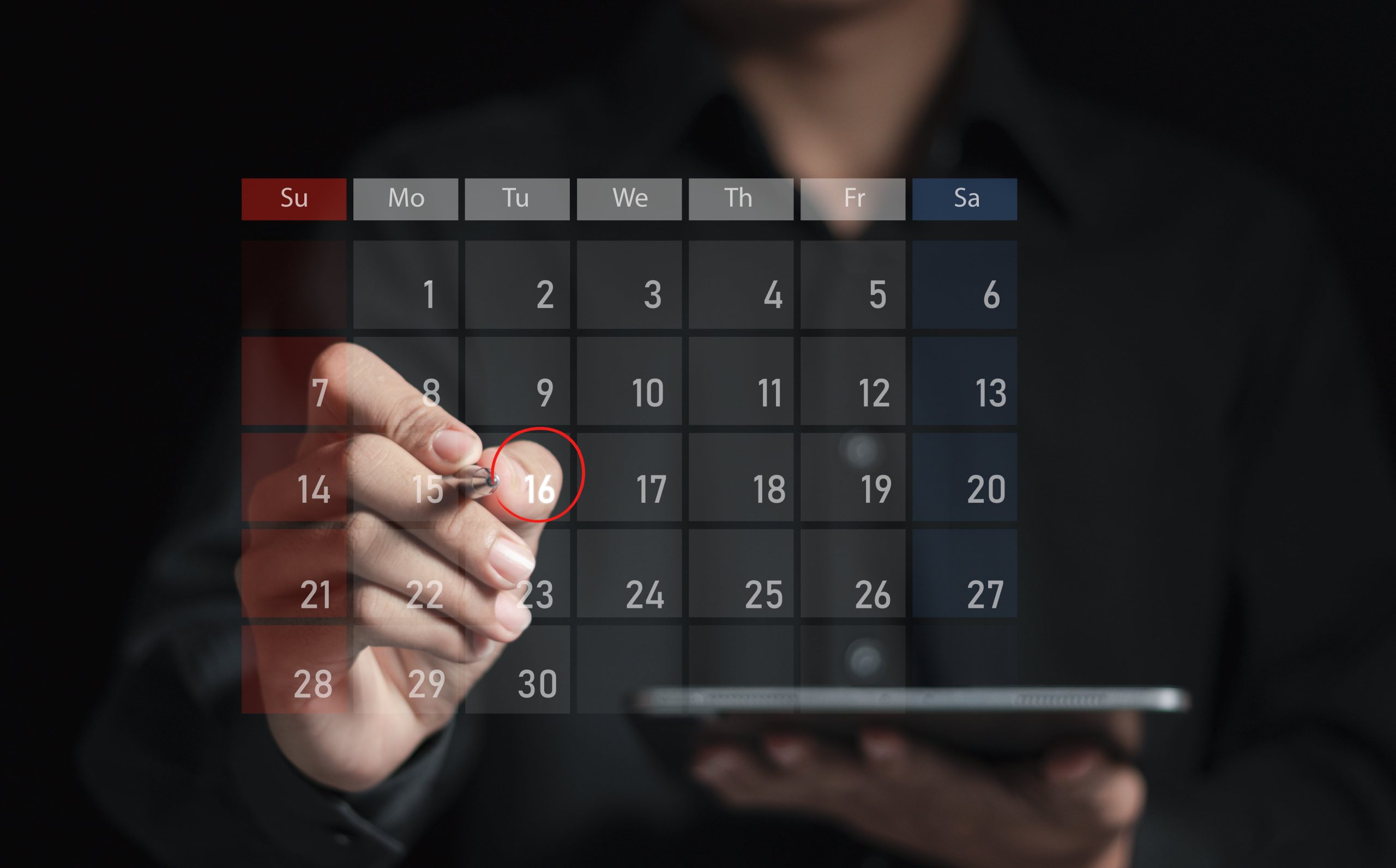Patients expect virtual care that connects fast and protects privacy without drama. In 2026, more of that work happens on the device – pre-call checks, local optimization, and less data leaving the patient’s phone – while media stays encrypted. The result: higher join success, fewer drops, lower costs, and cleaner compliance.
Why this matters more in 2026
Telehealth didn’t vanish after the pandemic; it stabilized at meaningful levels, especially in mental health. One Johns Hopkins analysis found that from mid-2021 to mid-2024, ~65% of psychiatry visits were conducted via telehealth. That volume sets a high bar for reliability and privacy. Johns Hopkins Public Health
At the same time, on-device AI capacity is surging – the U.S. on-device AI market was $5.8B in 2024 with a projected ~29% CAGR to 2030 – making local processing cheaper and more practical. Grand View Research
“Private-by-default” – what it actually means
- Encrypt in transit: WebRTC media must use DTLS-SRTP – the standard baseline for secure, real-time calls. IETF Datatracker
- Share less: Apply HIPAA’s minimum necessary principle to session data – avoid PHI in URLs, room names, or debug logs. HHS.gov
- Process more on device: Run pre-call checks (camera, mic, bandwidth) and simple audio/video clean-ups locally so fewer artifacts touch the cloud. Application & Platform Development services, so people know you build these checks into apps.
- If recording is required: Make it opt-in, visibly indicated, and store only in compliant buckets with access controls (and ideally under a BAA with your vendor). Vonage+1
What changes when you shift left to the device
- Join success goes up – because devices verify readiness before joining.
- Drop rate falls – poor networks are flagged early; adaptive behavior kicks in.
- Median connect time drops – fewer “retry” loops; tokens are short-lived and clean.
- Cloud minutes shrink – local work reduces processing and egress bills.
Typical guideposts we see: join success up 3–8 percentage points, drops down 20-40%, connect time down 25-40%, cloud minutes down 15-30% (mix- and network-dependent).
Your 30-day rollout (that won’t disrupt clinic flow)
Week 1 – Find the friction
- Pull 30 recent sessions that failed or reconnected.
- Label failure points: join, bandwidth, auth/session timeouts, “lost media.”
- Decide: what must run on device vs server?
Week 2 – Add pre-call checks + short-lived tokens
- Device runs camera/mic/network checks in-app.
- Token scope: one session, one user, one device; expire fast.
- No PHI in call identifiers; obfuscate logs.
Week 3 – Turn on observability
- Track join success, drop rate, median connect time, recording requests made vs stored.
- Alert on token misuse or abnormal session counts.
Week 4 – Pilot recording policy
- Recording off by default; if required, log purpose + consent; store in compliant buckets only with time-boxed access; test retrieval under a BAA. Vonage+1 s
Guardrails that keep risk boring
- Allow-listed tools only – agents/components can’t call unknown services.
- Key rotation + signed links – kill stale sessions; block link-sharing.
- Access by role and time – principle of least privilege; audit everything.
- Red-team your call flow – anonymous join attempts; room name leakage; link forwarding.
FAQ (the questions your clinicians and IT will actually ask)
The business case in one slide
- Experience: Fewer drops; happier clinicians and patients
- Compliance: Smaller data footprints; cleaner audits
- Cost: Fewer cloud minutes; predictable spend
- Scale: More reliable sessions unlock new service lines
Where Prologic fits
We implement privacy-by-design telehealth experiences for U.S./EU/UK/UAE clients – short-lived tokens, device-side checks, HIPAA-designed storage, and scoreboards your operations team can trust. Check our Healthcare services page to see how we build privacy-by-design telehealth platforms at scale.
Request your personalized custom healthcare solution today – click “Request a Quote” to get started with our expert software development team.












